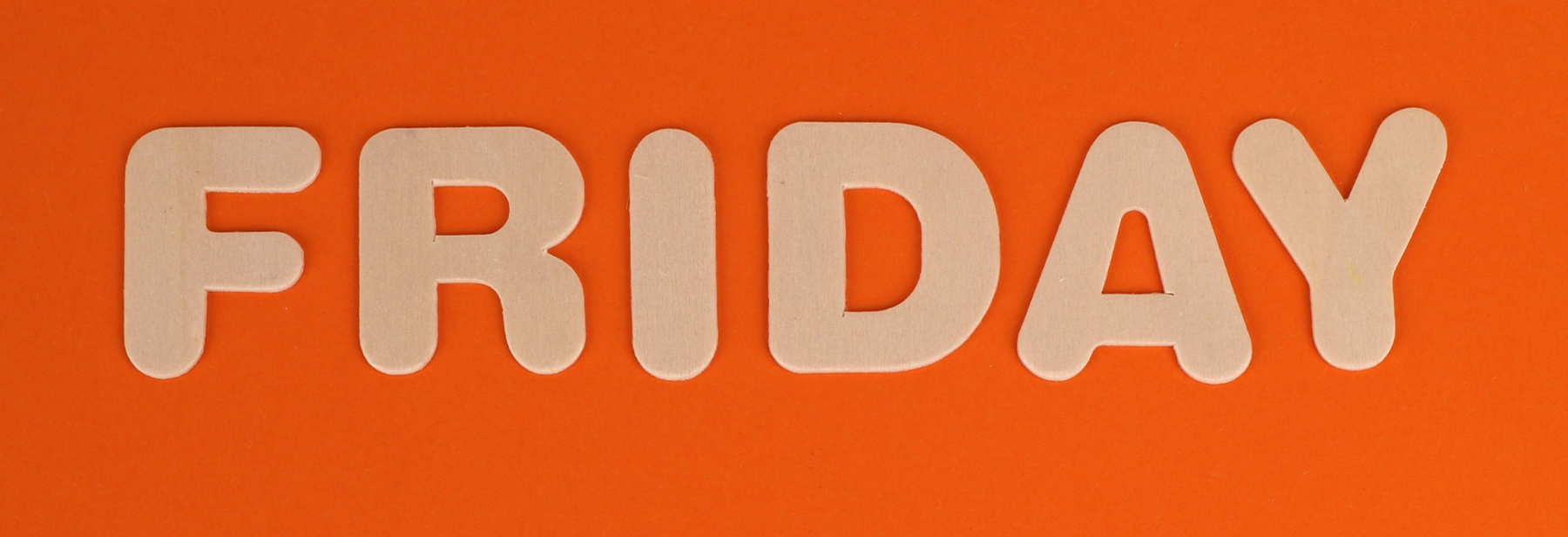
ServiceFriday: Your Customers Received Less Than They Expected – How Much Will it Cost to Recover?
When flights are cancelled or a noisy party disturbs hotel guests, financial compensation is an effective and often-used salve to sooth aggrieved customers. Still, some firms try to avoid paying compensation, while others pay too little or not enough to achieve the customer satisfaction impact they seek. A new paper in the Journal of Service Research dissects service recovery, arming service managers with a more nuanced way of analyzing compensation size the next time they need to assuage customers.
The researchers divide the response to service failures into two categories: group and individual. Comparing the two approaches, in a group service recovery, the affected customers know what everyone else is receiving in the recovery effort. Distributive justice influences the development of customer satisfaction, and people are appeased for less money.
In individual recovery, each person knows only what he is getting, which usually translates to most cost more per capita. That’s because in isolation, each cannot evaluate if the company is paying enough in aggregate because they don’t know how many others are involved and how much is offered to each.
The deeper insights are in the details, however, and the researchers recommend that service managers frame recoveries as a group or individual efforts, based on the resources the firm can dedicate.
According to the article: “Whether framing the service recovery or adjusting the compensation size is more preferable depends on which variable the service provider can influence most effectively. If both can be managed equally well, service firms can decide between a cost-efficient (low-medium compensation as a group service recovery) or a satisfaction-maximizing (high compensation as an individual service recovery) strategy.”
But the researchers concluded with some cautions:
- Beware a blanket approach, because the advantage of lower costs should be considered in combination with the size of the group. “Compensating a few customers with €100 each might still be cheaper than compensating many at €25 each.”
- Assess your customers’ zones of tolerance as to recovery compensation levels. “Firms may find that customers are indifferent as to how compensation is delivered [group versus individual service recovery] at midrange compensation levels … lower compensation levels might suffice and could help to maximize profits while maintaining equivalent recovery satisfaction levels.”
- Track your customers’ satisfaction with recovery. “Such a fine-grained analysis could help firms determine the optimal compensation size.” The researchers also suggest logging customer responses in a database to determine customer profitability and whether to adjust the compensation offered to an individual.
- See other research indicating that “when a service firm offers higher compensation, strong (vs. weak) relationship customers may exhibit greater recovery satisfaction.
For more information, see the Journal of Service Research. (A fee may apply.)